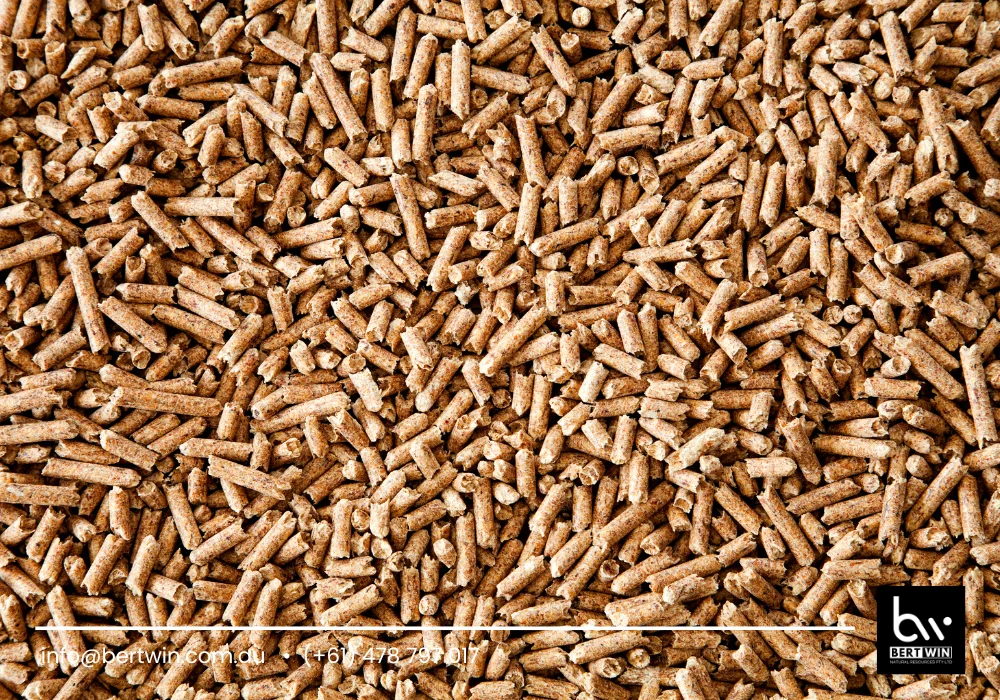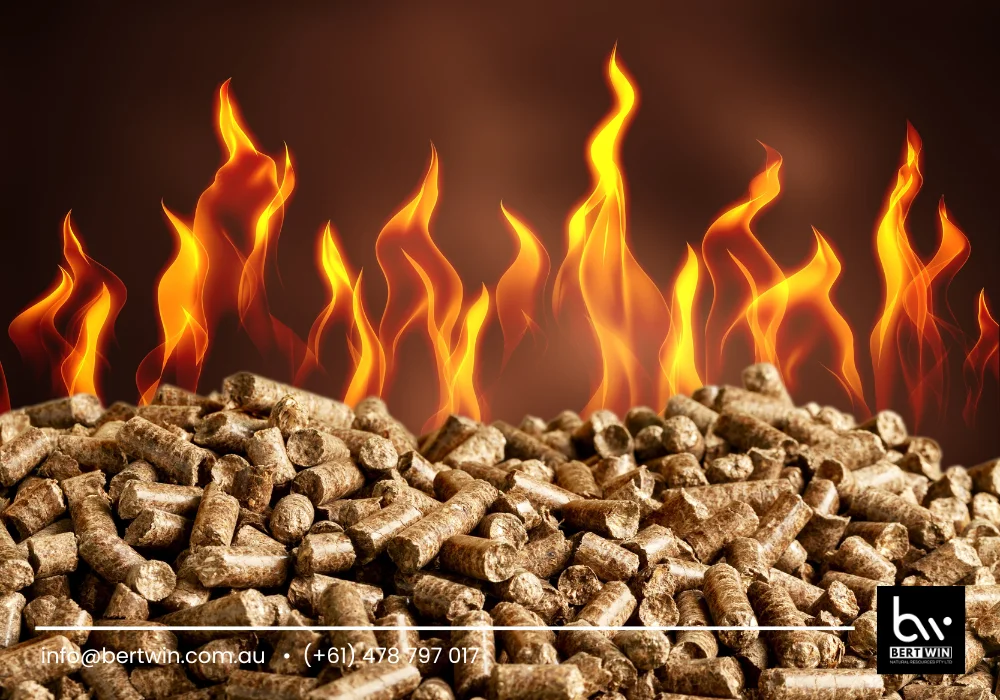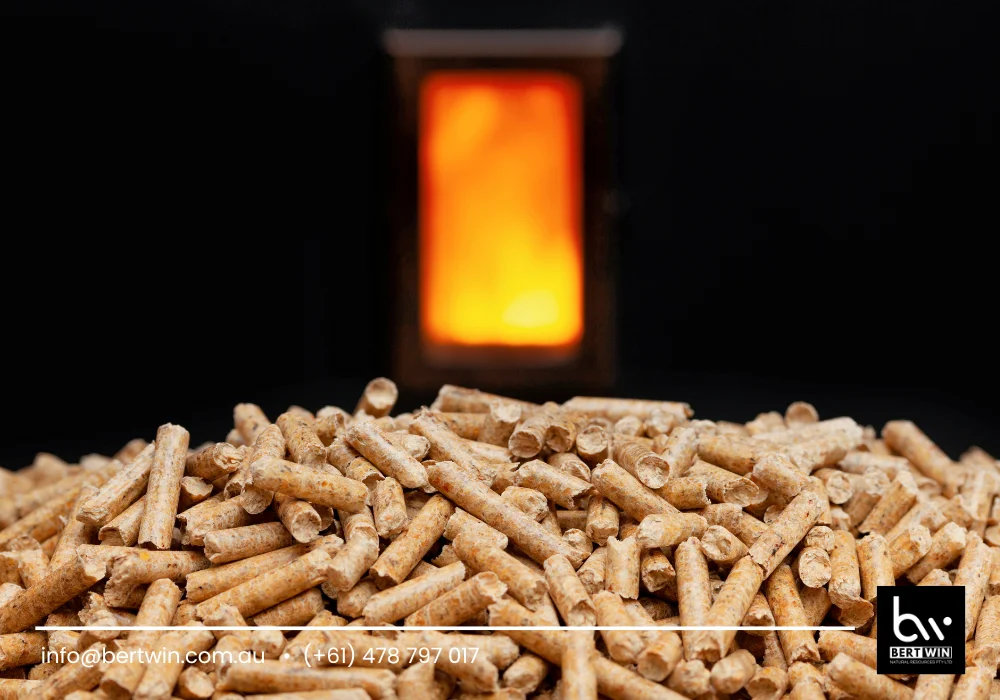The variation of wood pellet is an important consideration when choosing the right type of pellet for different applications, ranging from home heating to industrial uses. Wood pellets come in a variety of forms and are made from different types of wood materials. Understanding the variation of wood pellet can help you choose the right one for your needs. This article explores the variation of wood pellet, discussing the types, uses, and benefits of each.

What is Wood Pellet?
The variation of wood pellet refers to the different types of wood pellets available on the market, which are primarily distinguished by the type of wood used, their size, and their intended use. Wood pellets are made from compressed sawdust, wood chips, or other wood byproducts. These materials are processed under high pressure, resulting in small, cylindrical pellets that are easy to store, transport, and burn.
Wood pellets are widely used for heating, energy production, and even in animal bedding and agriculture. The type of wood used in their production, as well as the manufacturing process, can result in differences in performance and suitability for various applications.
Types of Wood Pellet and Their Differences
The variation of wood pellet can be classified based on the source of the wood, size, and specific use. Below are the primary factors that contribute to the differences in wood pellets:
1. Type of Wood Used
The type of wood used to make wood pellets significantly influences their properties and performance. The two main categories are hardwood and softwood pellets:
- Hardwood Pellets: These pellets are made from hardwood trees like oak, maple, and birch. They tend to be denser and have a higher energy content compared to softwood pellets, which makes them ideal for heating applications. Hardwood pellets produce more heat and less ash when burned, making them a more efficient option for residential and commercial heating.
- Softwood Pellets: These pellets are made from softwood trees like pine, spruce, and fir. Softwood pellets have a lower density but burn at a hotter temperature, which can be beneficial for specific applications like industrial processes. They also tend to have a higher resin content, which can result in more ash and creosote buildup in some stoves and boilers. However, softwood pellets are often less expensive than hardwood pellets.
Both types of pellets are suitable for heating and energy production, but understanding the variation of wood pellet in terms of wood source can help you choose the right pellet for your specific needs.
2. Size and Durability
Wood pellets also vary in size, which can affect their burn rate and efficiency. Most wood pellets are uniform in size, ranging from 6 to 8 millimeters in diameter and 10 to 30 millimeters in length. The smaller the pellets, the faster they tend to burn, which can be an advantage in systems that require rapid heat generation.
- Premium Pellets: These pellets are made with a higher level of quality control, ensuring uniform size and a lower moisture content. Premium pellets burn more efficiently and produce less ash. They are ideal for use in residential pellet stoves and boilers.
- Standard Pellets: These pellets may vary in size and have slightly higher moisture content. They are often used for larger industrial applications, where uniformity is not as critical.
When choosing wood pellets, it’s important to consider the size of the pellet and whether the heating system you use requires a specific size or durability level for optimal performance.
3. Additives and Bindings
While most wood pellets are made from pure wood, some variations include additives or binding agents. These can impact the overall burn quality and performance of the pellet.
- Pure Wood Pellets: These are made from 100% natural wood without any additives. They are generally preferred for residential use, as they are clean-burning and produce minimal ash.
- Pellets with Additives: Some wood pellets are enhanced with additional materials, such as corn or grass. These pellets may be used in specific applications or for specific environmental benefits, like reducing emissions. However, these types of pellets may not always produce the same level of heat and efficiency as pure wood pellets.
It’s important to understand the variation of wood pellet in terms of additives, as these can affect both the heating performance and the environmental impact of the pellets.

Uses of Wood Pellets
The variation of wood pellet extends to their wide range of applications across industries. Below are the most common uses:
1. Home Heating
One of the most popular uses for wood pellets is in home heating. Wood pellet stoves and boilers offer an efficient, eco-friendly alternative to traditional heating methods. Depending on the variation of wood pellet you choose (such as hardwood or softwood), you can enjoy a more consistent heat output, fewer emissions, and lower overall heating costs. Premium hardwood pellets are especially effective for long-term heating, as they provide higher energy content and longer burn times.
2. Industrial and Commercial Energy Production
Wood pellets are also used on a larger scale in power plants and industrial boilers to generate energy. In these applications, the energy content and heat output of the pellets are crucial. Softwood pellets, with their higher heat generation, are often used in larger-scale systems, whereas hardwood pellets are favored in smaller commercial settings.
3. Animal Bedding and Agriculture
In addition to heating and energy production, wood pellets are commonly used for animal bedding in farms and pet homes. The pellets absorb moisture and odors, keeping the animals’ living spaces dry and hygienic. Wood pellets are also used in agricultural applications to enrich the soil and improve moisture retention.
4. Water Filtration
Wood pellets, particularly activated versions, are used in water filtration systems to remove impurities from water. Their high surface area and absorbent properties make them effective at capturing contaminants like chlorine, heavy metals, and other organic compounds. This application is particularly valuable in households and industries that require purified water.

Conclusion
The variation of wood pellet plays a critical role in determining their suitability for different applications. From heating and energy production to agriculture and filtration, understanding the different types of wood pellets, their sizes, and their additives will help you choose the right pellets for your needs. By selecting the proper type, you can ensure efficient performance and reduce the environmental impact of your energy consumption.
For further information on the variation of wood pellet or to purchase high-quality wood pellets, feel free to contact WhatsApp at (+61) 478797017 or via email at info@bertwin.com.au. We are here to assist with all your wood pellet needs.
